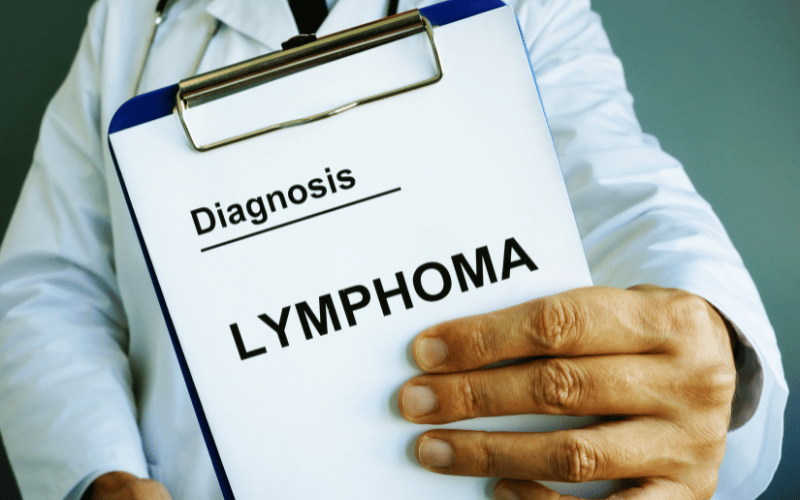Introduction: What you need to know about AITL

Angioimmunoblastic T-cell Lymphoma (AITL) has long stood as an enigma in the vast landscape of lymphatic system disorders. Nestled within the extensive non-Hodgkin’s lymphoma family, AITL sets itself apart with symptoms that are often elusive, sometimes masquerading as day-to-day health issues. Such deceptive symptoms make early detection an uphill battle, even for the most vigilant among us.
The human body communicates its discomforts and malaises in myriad ways, and understanding these signals is key to proactive healthcare. AITL is crafty, presenting signs that can easily be mistaken for generic maladies. This inherent quality underscores the importance of comprehensive awareness. One can’t act on what one doesn’t know, after all.
This article’s central mission is not just to inform but to empower. To equip its readers with a crystalline understanding of the telltale signs and manifestations of AITL. Awareness isn’t merely about knowledge; it’s about facilitating early intervention, optimizing treatment prospects, and ultimately, bettering outcomes.
As we delve deeper into this guide, we’ll unpack the top symptoms associated with AITL, shining a spotlight on what matters most. Remember, in the intricate dance of health and wellness, staying a step ahead often hinges on being informed. Let this guide serve as your compass in the intricate maze of AITL’s symptoms. Together, let’s pave the path to a healthier, more informed tomorrow.
Symptom 1. Enlarged Lymph Nodes: AITL’s Initial Knock on the Door

The body’s lymphatic system is a network of vessels, nodes, and organs that play a crucial role in filtering harmful substances. Enlarged lymph nodes are one of the primary indicators of AITL, often presenting as noticeable lumps under the skin. These swollen nodes typically occur in the neck, armpits, or groin areas, but can manifest anywhere lymph nodes are found.
Interestingly, the swelling isn’t always painful. Some individuals discover these lumps incidentally during a routine self-examination or even by accident. However, it’s essential to note that the enlargement can fluctuate. A node might swell considerably one day and reduce in size the next.
There’s a peculiar characteristic associated with these enlarged nodes in AITL patients. Unlike infections where nodes become tender and warm, in AITL, they often remain cool to touch and are not tender. This distinctive feature sets AITL apart from other conditions that also involve node swelling.
Not all cases of swollen nodes indicate AITL. Many factors, from infections to other disorders, can cause this symptom. Yet, when linked to AITL, this enlargement is often a result of the lymphoma cells infiltrating the nodes, leading to their increased size. (1)